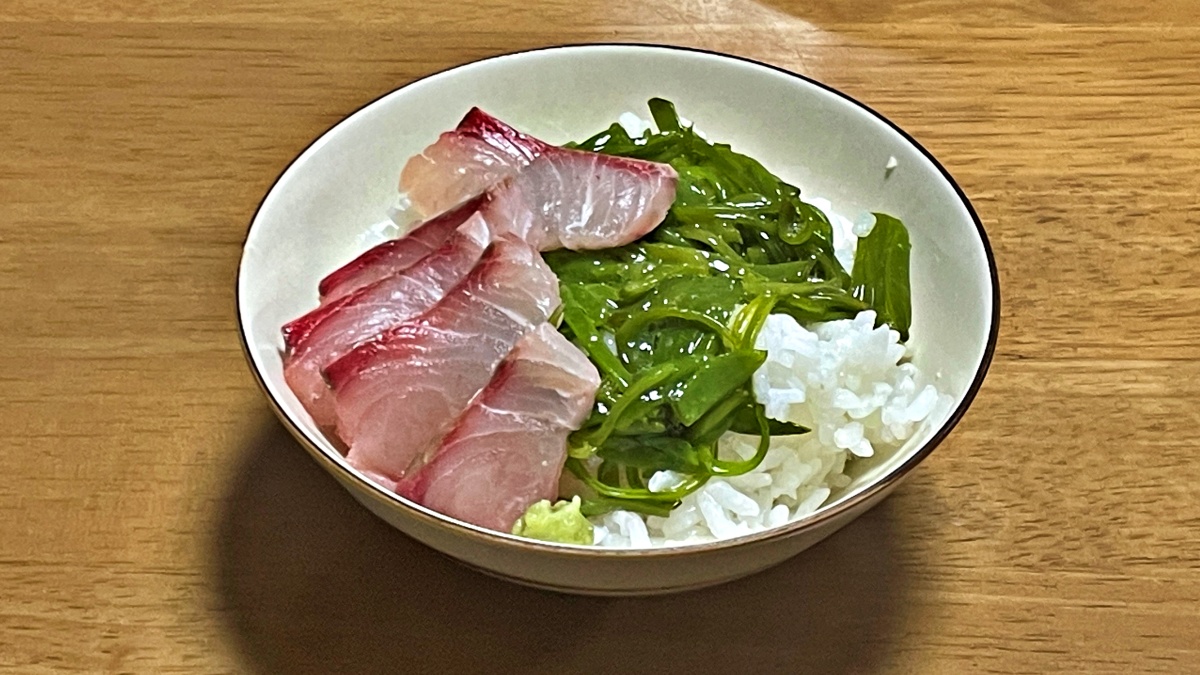Seafood bowl
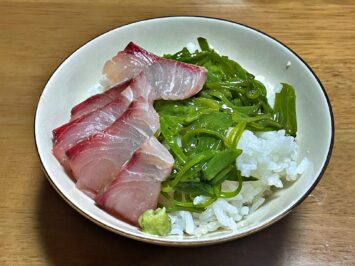
Seafood dashi chazuke
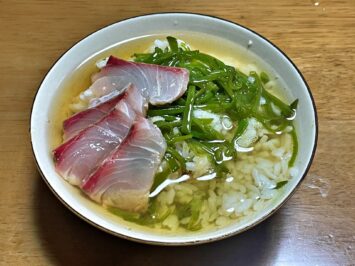
In Japan, during the winter season, we eat “mekabu” (the root part of the wakame seaweed), which is only caught during this season.
Seasonal raw mekabu is very delicious when made into “Seafood bowl” or “seafood dashi chazuke”.
In the winter, raw turnips sold at fish stores are dark brown and don’t look very appetizing, but when boiled, they instantly turn a bright green color that looks delicious.
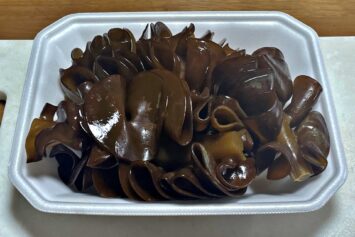
Raw mekabu

Boiled “Mekabu”
It’s not only delicious as a seafood bowl, but it’s delicious just as it is after boiling, and there are many ways to eat it, such as on top of rice or in miso soup. This is a food that can only be eaten at this time of year, and it has good effects on health and beauty, so please try it.
Now, I will introduce how to prepare raw mekabu and how to eat it deliciously.
Preparation of mekabu
Mekabu turns bright green when boiled. At the same time, a strong slime also appears. So, I’m confused as to whether I should boil it first and then cut it, or cut it and then boil it, but in my case, I want to eat the freshly boiled food right away, so I cut it before boiling it.
1.Cut mekabu
- Thoroughly wash between the folds of Mekabu with running water.
- Remove the pleated part from the stem
- Slice the stems thinly
- Cut the folded part into thin strips or roughly.
When cutting with a knife, sprinkle potato starch on it to remove slime and prevent it from slipping, making it easier to cut. Rinse the sprinkled potato starch with water and then boil.
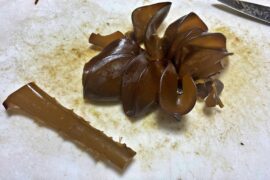
Cut the stems and folds
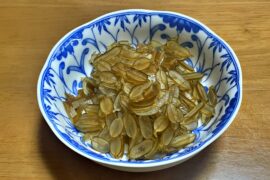
Slice the stems thinly
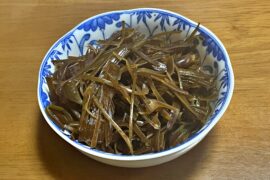
Finely chop the folds
2.Boil mekabu
- Fill a large pot with water and bring to a boil.
- After about 5 minutes, boil the stem and folds separately.
- Drain in a colander and drain thoroughly.
- Most of the chlorine and trihalomethanes can be removed by boiling water at 100℃ or higher for 5 minutes.
- Boil for about 15 seconds and remove as soon as the color turns green.
- If you soak the boiled turnips in cold water, they will have a beautiful color, but they will become watery (you can use them according to your preference).
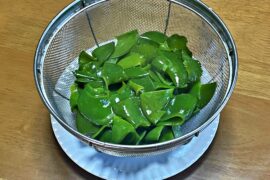
[After boiling] Cut into large pieces
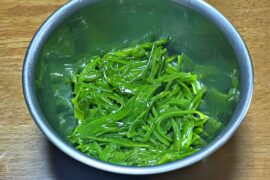
[After boiling] Finely chopped pleats

[After boiling] Thinly sliced stems
How to preserve Mekabu
Raw mekabu has a shelf life of 2 to 3 days if stored in the refrigerator, but if frozen it can be stored for about 30 days, so divide it raw into small portions and freeze.
In my case, I cut raw Mekabu and store it in small portions. This is very convenient because you can eat it just by boiling it, without having to cut it after thawing it.
Delicious way to eat mekabu
Freshly boiled turnips are delicious when eaten as is, but they can also be used in a variety of ways, such as on top of rice, in miso soup, in vinegared dishes, in tsukudani, or in hot pot dishes.
There are so many uses for it, so I’ll introduce some easy and delicious ones.
1.Eat simply on top of rice
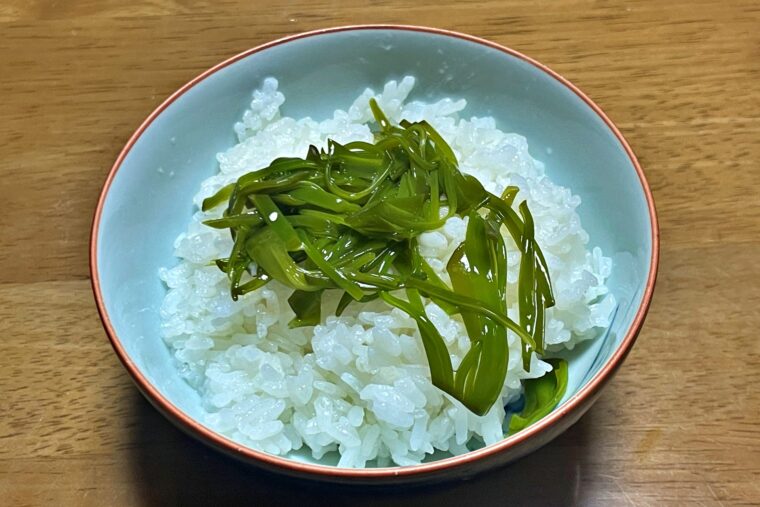
- If you add sashimi to this, it becomes “seafood bowl”
- You can also mix natto and mekabu and put it on rice.
2.Put it in miso soup
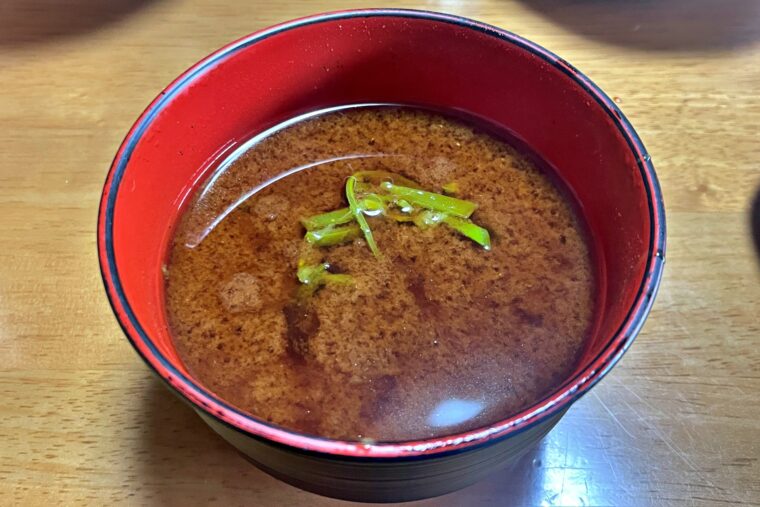
When added to miso soup or clear soup, you can enjoy the texture of “junsai”, a high-quality ingredient. It also has a richer flavor than wakame.
3.Mekabu soup
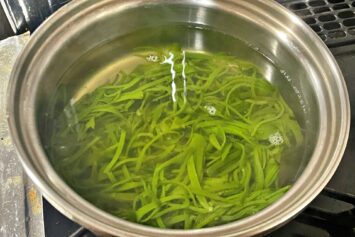
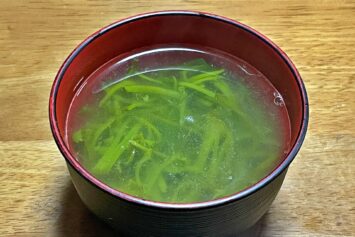
A simple soup made by adding thinly sliced “mekabu” to hot water and seasoning with just salt. This soup can also be used as a stock for seafood hot pot dishes.
4.Mekabu stem tsukudani

This is simply thinly sliced mekabu stems soaked in tsukudani sauce. Since it is not stewed, you can enjoy the crunchy texture and flavor of raw turnips. By simmering it, you can make tsukudani that can be stored easily.
How to make sauce
[Seasonings]
- Sake: 2 tablespoons
- Hon mirin: 2 tablespoons
- Soy sauce: 2 tablespoons
- Sugar: 1 tablespoon
- Vinegar: Appropriate amount
- Salt: Appropriate amount
[How to make]
- Mix all ingredients and warm over low heat.
- Boil thinly sliced turnip stems and mix with the sauce.
- The flavor of the sauce comes together by heating it.
- Combine the mekabu stems and the sauce at the same temperature (if the stems are cold, let the sauce cool before combining them)
This is a seasoning for tsukudani, but when you add Sanbai vinegar, it becomes a refreshing “vinegared food”.
Mekabu nutrition and efficacy
Because raw turnips have the effect of adsorbing lipids, sugars, and sodium and excreting them, they can help prevent and improve lifestyle-related diseases such as obesity, hyperlipidemia, diabetes, and high blood pressure caused by excessive intake of fats and sugars. You can expect the following effects.
It is also rich in dietary fiber (fucoidan), which is said to have a bowel movement effect.
Ingredients per 100g of mekabu (excerpt from Japanese food standard ingredient list)
- Energy: 14Kcal
- Protein: 0.9g
- Fat: 0.6g
- Dietary fiber: 3.4g
- Potassium: 88mg
- Magnesium: 61mg
- Iodine: 390㎍
- β-carotene: 240㎍
- Vitamin K: 40㎍
Main effects that can be expected from Mekabu
- Relieve constipation
- Prevention of lifestyle-related diseases such as obesity, hyperlipidemia, diabetes, and hypertension.
- Activation of metabolism
- Diet effect
- Beautiful skin, relieve swelling
Be careful not to eat too much mekabu
Mekabu contains a lot of iodine. Iodine is a necessary ingredient for producing thyroid hormones, but care must be taken as excessive intake can prevent the production of thyroid hormones and lead to hypothyroidism.

